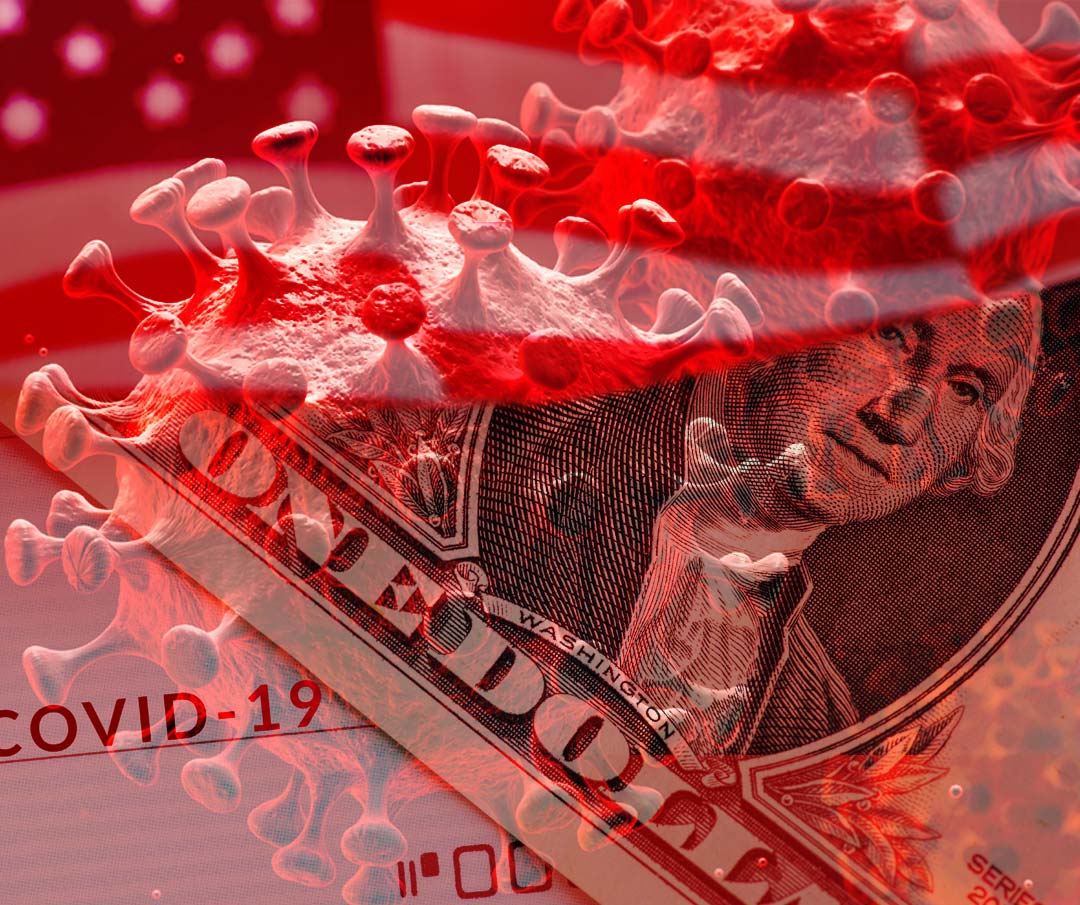The Paycheck Protection Program (PPP) is one of the key features of the Coronavirus Aid, Relief, and Economic Security (CARES) Act. Although much has been determined, there are several sections that are confusing and difficult to understand. Aimed at small businesses, the PPP loan program was designed to help qualified employers maintain their existing employees and funding has now expanded to almost $670 billion. Because the Small Business Administration has yet to release its interim final rule focusing on forgiveness of the loan, many loan recipients are scrambling to organize documentation and procedures based on expectations. Since the funds must be used within eight weeks of receipt, there is fear that the rules for documentation may come too late.
What is it?
The PPP program is authorized to make loans, which are eligible to be forgiven, to small businesses to pay their employees during the COVID-19 crisis. The program provides loans to pay up to eight weeks of payroll costs (based on the last year’s payroll costs) including health and retirement benefits. Funds can also be used to pay interest on mortgages, rent, and utilities, although the use of the funds to pay non-payroll related costs is limited to 25% of the total. The maximum loan is $10 million. The terms on all loans will be the same for everyone.
Overview of the PPP
The loan amounts will be forgiven provided the loan proceeds are used:
- To cover payroll costs, most mortgage interest, rent, and utility costs over the eight-week period after the loan is made; and
- Employee and compensation levels are maintained. Reducing employee levels and payroll will reduce the amount of loan forgiveness.
Payroll costs are capped at $100,000 on an annualized basis for each employee
No collateral or personal guarantees are required. Neither the government nor lenders will charge small businesses any fees.
Forgiveness is based on the employer maintaining or quickly rehiring employees and maintaining salary levels.
- Forgiveness will be reduced if full-time headcount declines, or if salaries and wages decrease.
- Any portion of a PPP loan that is not forgiven is carried forward as an ongoing loan at a fixed rate of 1%, amortized monthly.
- Loan payments are deferred until six months from the day the loan was disbursed and must be paid in full within two years from the day the loan was funded.
Recent IRS regulations indicate that any expenses paid by the proceeds of the PPP loan cannot be deducted. It is imperative that well documented records are kept following all disbursements.
Primary Eligibility
The PPP is established for small businesses with 500 or fewer employees. The business applying for the PPP loan must have been in operation on February 15, 2020, and either had paid employees or paid independent contractors. There are similar general eligibility requirements for independent contractors and eligible sole proprietorships. Eligible entities include:
- For profit companies, including C- or Subchapter S- corporations
- Non-profits organized under Section 501(c)(3) of the Internal Revenue Code (IRC)
- Veterans’ organizations organized under Section 501(c)(19) of the IRC
- Tribal concerns
- Partnerships
- Sole proprietorships
- Independent contractors
What are the business owner obligations if the loan is granted?
Borrowers must certify that the funds will be used to retain workers, maintain payroll, or make mortgage, lease, and utility payments as specified under the PPP. For the loan to be forgiven, the borrower will be required to provide documentation of payroll and benefits costs to its lender.
How does a business owner apply?
Complete the Paycheck Protection Program Borrower Application Form Small businesses can apply through any existing SBA7(a) lender. We encourage you to apply as quickly as you can because there is a funding cap, and it appears loans will be granted on a “first come, first served” basis. Most lenders appear to be prioritizing their existing customers during the application process. Some lenders are requesting prior return information or financial statements, although there is no statutory requirement to provide this.
Conclusion
The initial round of funding of the PPP was depleted quickly, but Congress and the President were quick to act and supply additional funding. Several companies that did not necessarily qualify for the funding based on the original rules may have received it, and now many have decided to return the money. The Treasury Department stated that there would be amnesty for any companies that returned the funds by May 14, 2020. While there is foundational information available about calculating and documenting the PPP loan forgiveness, Interim Final Rules, supplemental FAQs, and ongoing clarifications are expected from the SBA. We will continue to keep you informed on any changes. Please contact your EJReynolds Plan Consultant with any specific questions you may have on the Payroll Protection Program.


